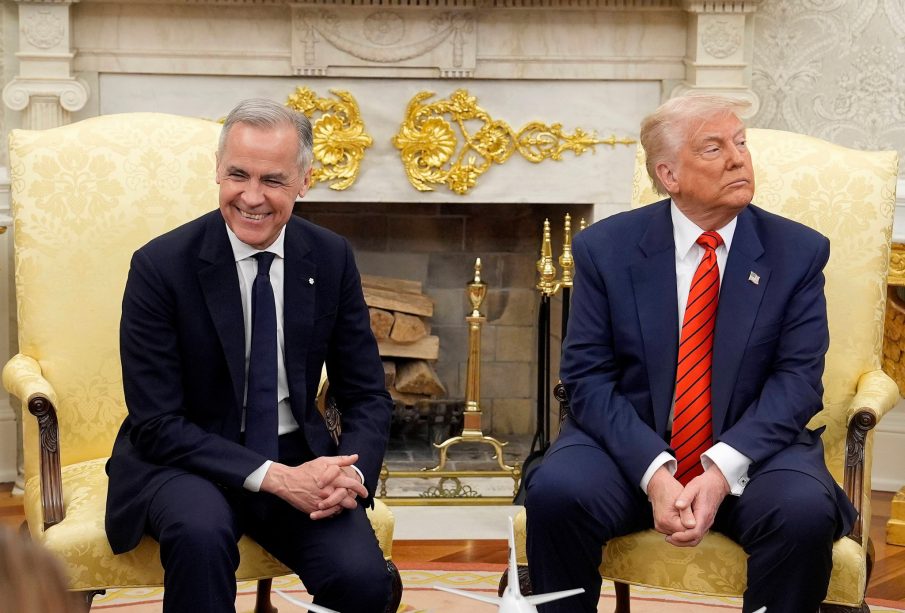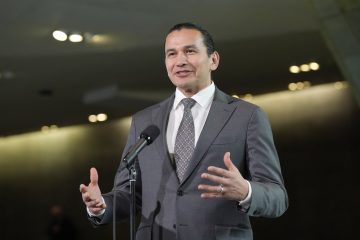Mark Carney and Donald Trump: Leadership Styles Compared

Introduction
Mark Carney, former Governor of the Bank of England and Bank of Canada, and Donald Trump, the 45th President of the United States, represent contrasting approaches to leadership and economic policy. In today’s rapidly changing economic landscape, understanding their differing philosophies offers valuable insights into how leadership affects national and global economic outcomes.
Mark Carney’s Economic Philosophy
Mark Carney has often been regarded as a centrist leader, emphasizing data-driven decision-making and collaboration. His tenure as Governor of the Bank of England (2013-2020) was marked by a focus on stability and transparency. Carney’s policies during the post-financial crisis era included quantitative easing and low interest rates to stimulate growth. He has also been proactive in addressing climate change, advocating for sustainable finance as crucial for long-term economic resilience.
Donald Trump’s Approach to Governance
In contrast, Donald Trump’s leadership style is characterized by a more populist, direct approach. His presidency (2017-2021) was marked by significant deregulation and tax cuts aimed at spurring immediate economic growth. While his policies resulted in a brief period of economic expansion, they were often criticized for fostering inequality and a lack of long-term planning. Trump’s confrontational style, particularly regarding international trade and relations, led to significant shifts in global economic policies.
Recent Developments and Context
Both Carney and Trump have remained influential figures in global economic discussions. Carney’s recent endeavors, including his role in the United Nations as a special envoy on climate action, emphasize his commitment to addressing pressing global issues. Meanwhile, Trump continues to have a robust following, influencing Republican Party policies and shaping voter sentiments ahead of the 2024 election.
Conclusion
The contrasting styles of Mark Carney and Donald Trump illustrate divergent paths in economic leadership. Carney advocates for collaborative, data-informed governance aimed at sustainable growth, while Trump’s approach reflects immediate, populist-driven results. As both figures continue to impact global economic discourse, their differing philosophies serve as a reminder of the complexity and multifaceted nature of leadership in the modern era. Understanding their choices may help voters and policymakers navigate future challenges in the economic landscape.




